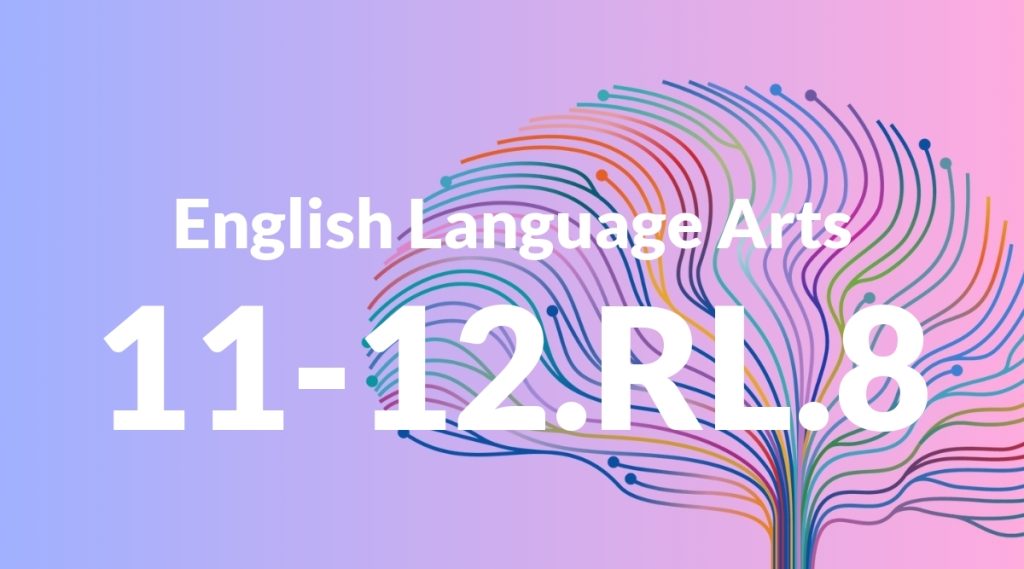Standard: 2.RL.8 – (Not applicable to literature)
Grade level: Grade 2
Subject: English Language Arts
Domain: Reading: Literature
Teacher Overview
This standard focuses on helping students understand the elements of a story, such as characters, settings, and events. It’s important because it lays the foundation for more advanced literary analysis in later grades. Students should be comfortable with basic reading and comprehension, and have a foundational understanding of story elements such as characters, settings, and events.
After mastering this standard, students will be able to delve deeper into literary analysis, understanding more complex themes and character motivations, and comparing different texts.
Common Misconception 1
Some students might think that all stories must end happily. This is incorrect because stories can have a variety of endings that serve different purposes, including teaching lessons or reflecting real-life complexities.
Intervention 1
Introduce a range of stories with different endings and discuss why each ending is suitable for the story. Encourage students to think about how the ending contributes to the overall message or theme.
Common Misconception 2
Students might underestimate the importance of the setting in a story. However, the setting often plays a crucial role in shaping the characters and events, and understanding this can enhance their comprehension of the story.
Intervention 2
Discuss with students how the setting influences the story. Use examples where the setting is integral to the plot and characters, and ask students to imagine how the story might change with a different setting.
Prerequisite Knowledge
Students should have basic reading skills, including the ability to recognize and understand simple words and sentences. They should also be familiar with the concepts of characters, settings, and events in a story.
Subsequent Knowledge
Students will develop the ability to analyze more complex texts, including understanding themes, moral lessons, and the motivations of characters. They will also be able to compare and contrast different texts and their elements.
Instructional Activities
- Read a variety of stories and discuss the characters, settings, and events.
- Create story maps that outline the elements of a story.
- Have students write their own stories, focusing on including detailed settings and well-developed characters.
- Use graphic organizers to compare and contrast different stories.




